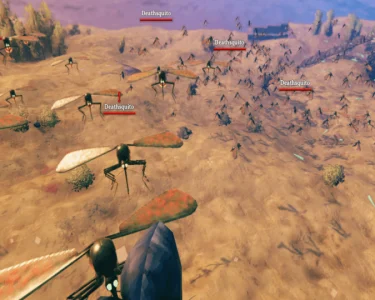Giant snakes, with their majestic presence and enigmatic allure, have long captured our fascination. Beyond their impressive size and striking appearance, these serpentine giants exhibit a rich tapestry of behaviors and social habits. In this article, we delve into the intriguing world of giant snakes, shedding light on their behavior and the complexities of their social lives.
- Solitary Creatures: Giant snakes are primarily solitary creatures, preferring a solitary existence outside of the breeding season. They spend much of their time exploring their expansive territories, searching for food and suitable shelter. While they may occasionally cross paths with other snakes, these encounters are typically brief and often involve territorial disputes.
- Territoriality and Home Range: Territoriality plays a crucial role in the behavior of giant snakes. Each individual snake establishes its own territory, which serves as its exclusive hunting grounds and shelter. The size of the territory varies among species and is influenced by factors such as prey availability and habitat quality. Within their territory, giant snakes actively mark their presence through scent marking and other visual cues, sending signals to potential intruders to stay away.
- Hunting Strategies: Giant snakes employ a variety of hunting strategies tailored to their environment and prey preferences. Some species, like the reticulated python, utilize ambush predation, lying in wait for unsuspecting prey. Others, such as the green anaconda, rely on their semi-aquatic nature to stalk and ambush aquatic prey. Each hunting strategy showcases the adaptability and resourcefulness of these magnificent predators.
- Communication and Signaling: While giant snakes are not known for their complex vocalizations, they communicate using a range of visual and olfactory signals. Scent marking, through the release of pheromones, is a significant means of communication among giant snakes. These chemical signals convey information about territory boundaries, reproductive status, and potential threats. Visual displays, such as body postures and hissing, also play a role in communicating intent and establishing dominance.
- Reproductive Behavior: While giant snakes are predominantly solitary, their social lives become more active during the breeding season. Male snakes engage in courtship rituals to attract female mates, involving behaviors such as scent marking, physical combat, and elaborate displays. Once mating occurs, the female retains the male’s sperm internally, allowing her to fertilize her eggs when conditions are favorable. After laying her eggs, the female provides no parental care, leaving the hatchlings to fend for themselves.
- Human Interaction and Conservation: As human populations expand and encroach upon natural habitats, interactions between giant snakes and humans become more frequent. Understanding their behavior is essential to promote coexistence and conservation efforts. It is crucial to respect the space and boundaries of these creatures, as they play vital roles in maintaining ecological balance. Conservation initiatives, such as protected areas and education programs, are vital for the long-term survival of giant snake species.
In conclusion, the behavior and social habits of giant snakes offer a glimpse into their fascinating world. From their solitary nature and territoriality to their diverse hunting strategies and reproductive behaviors, these serpentine giants navigate their environments with remarkable adaptability. By studying and appreciating their behaviors, we deepen our understanding of their ecological importance and foster a sense of awe for the wonders of the natural world.




